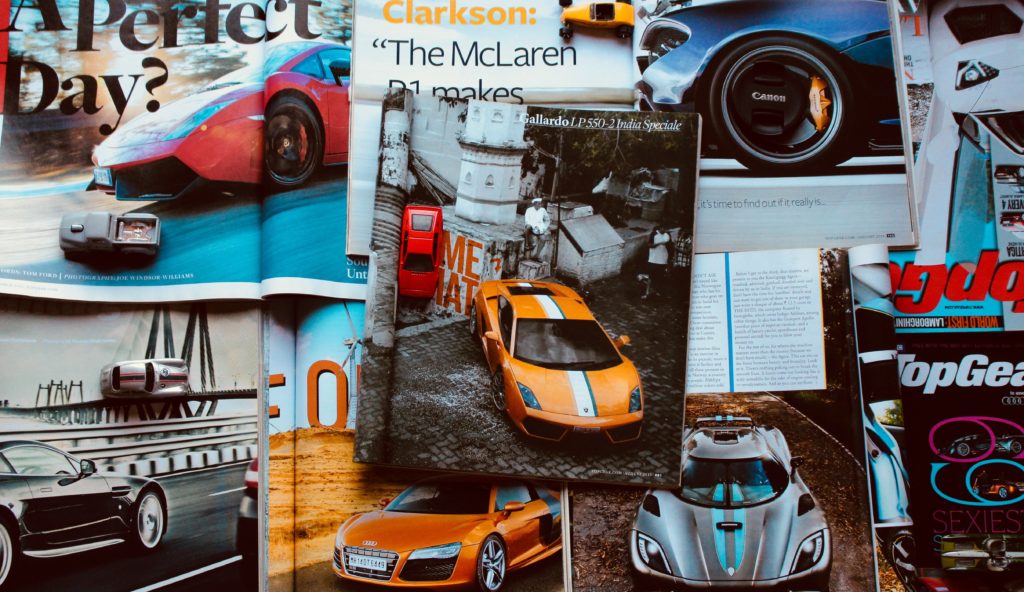The recent white paper, ‘The State of UK Automotive Influence,’ launched by Hearst and Wearisma, reveals how influencers can accelerate the UK’s automotive industry, showcasing key insights from the London event and emphasizing the high engagement rates of automotive influencers, the strategic use of lifestyle influencers, and the potential impact of influencer marketing on automotive brands.

Published On: May 29, 2019

The automotive industry is without a doubt one of the UK’s key sectors. As with any industry, technological advancements and changing socio-political interests has impacted the landscape of the automotive industry. Last week marked the launch of ‘The State of UK Automotive Influence’, a joint white paper between Hearst and Wearisma. This report provides never-before-seen insights detailing how influencers can help to kick the UK automotive industry into fifth gear.
Download the whitepaper here, or read on to find out more.
The automotive industry is without a doubt one of the UK’s key sectors. As with any industry, technological advancements and changing socio-political interests has impacted the landscape of the automotive industry. Last week marked the launch of ‘The State of UK Automotive Influence’, a joint white paper between Hearst and Wearisma. This report provides never-before-seen insights detailing how influencers can help to kick the UK automotive industry into fifth gear.
In the heart of London, the launch was attended by key figureheads in the UK automotive industry from big names such as Lamborghini and Ford. Hearst’s CEO James Wildman opened the event with an impactful comment on the collaborative nature of the media market. Wildman detailed the numerous ways that print and social media can join forces to create truly engaging content. This provided an excellent segway to Wearisma’s founder and CEO Jenny Tsai to introduce the current landscape of the automotive influencer industry.
Automotive influencers generated the joint highest engagement rate (7.4%) across all influencer categories in Q1 2019
The rate of digital disruption occurring in the UK means that most Millenial and Gen Z customers only see automotive brands on social media. While automotive influencers only constitute 1% of UK Influencers, our analysis revealed that they generated the joint highest engagement rate (7.4%) across all influencer categories in Q1 2019. Although the automotive influencer space is niche, its audience is incredibly switched-on and active with a keen interest in supercars. 89% of automotive influencer content is about supercars and the report revealed the Top 20 most popular supercar brands among UK Influencers in this period.
Despite this absorption, Tsai explained that mass market car brands can grasp the opportunity to grow in this space by using lifestyle influencers. Tsai said that there are 24 times more lifestyle influencers than automotive influencers and often lifestyle influencers are the right content creators to be collaborating with if brands are trying to connect with the every-day consumer eg. parents looking to buy their first car. The report showcases some successful case studies where mass market brands have used lifestyle influencers to connect with consumers interested in buying a mass market car as opposed to car enthusiasts already embedded in the Lamborghini lifestyle.

Still, a few members of the audience pondered how an industry with such high-priced products can utilise influencer marketing in the same way as say the beauty or fashion industry. Tsai explained that the value of influencer marketing doesn’t solely lie in sales. Influencers can be used as a tool to create conversations, to educate consumers and to inform conversations surrounding advancements in the automotive industry such as sustainability. Surprisingly, our data revealed that conversations around electric vehicles from UK influencers were minimal. Tsai also explained that the way that ride-sharing services like Uber monopolise organic conversations on social media can present as a threat to the automotive industry if it doesn’t elevate its position in the influencer space.
Tsai wrapped up her presentation with a revelation of Wearisma’s Automotive Ones to Watch. In this section we outlined the three types of influencers that automotive companies should use. What works for a luxury brand won’t be the same for mass market manufacturers.
Keep informed with the latest trends, reports, and case studies from the world of influencer marketing.
In 2025, influencer gifting has evolved from glossy PR packages to something much more meaningful: intentional, relationship-driven storytelling. Whether you’re a brand in beauty, fashion, tech, or wellness, the goal is the same – build real connections that drive advocacy, not just awareness.
That message resonated strongly during our recent Influencer Gifting & Seeding webinar, where we were joined by industry leaders Grace Fung, Influencer Marketing & Communications Lead at Coty, and Abigail, Talent Manager from Primark. They shared strategic insights into how their teams are evolving traditional gifting approaches to better align with shifting consumer expectations and brand objectives.
WeArisma’s Personal Care 2025 State of Influence Interactive Report – The Definitive Guide to Winning in Bath and Body, Hair Care, Skincare, and Wellness Through Influencer Strategy
The personal care market is booming – but only the most emotionally resonant brands are cutting through the noise. Authenticity, expert credibility, and self-care storytelling are driving the next wave of influence.
Our Personal Care 2025 State of Influence Report reveals how Dove, Nivea, Aquaphor, and Bevel are shaping the future of the category – and how your brand can do the same.
Stay up to date with the latest industry trends and topics
Discover how WeArisma can help you harness the power in influence, grow your brand’s presence, and achieve measurable success.
WeArisma combines the power of AI, influencer marketing and social listening to deliver smarter, scalable strategies with real impact.